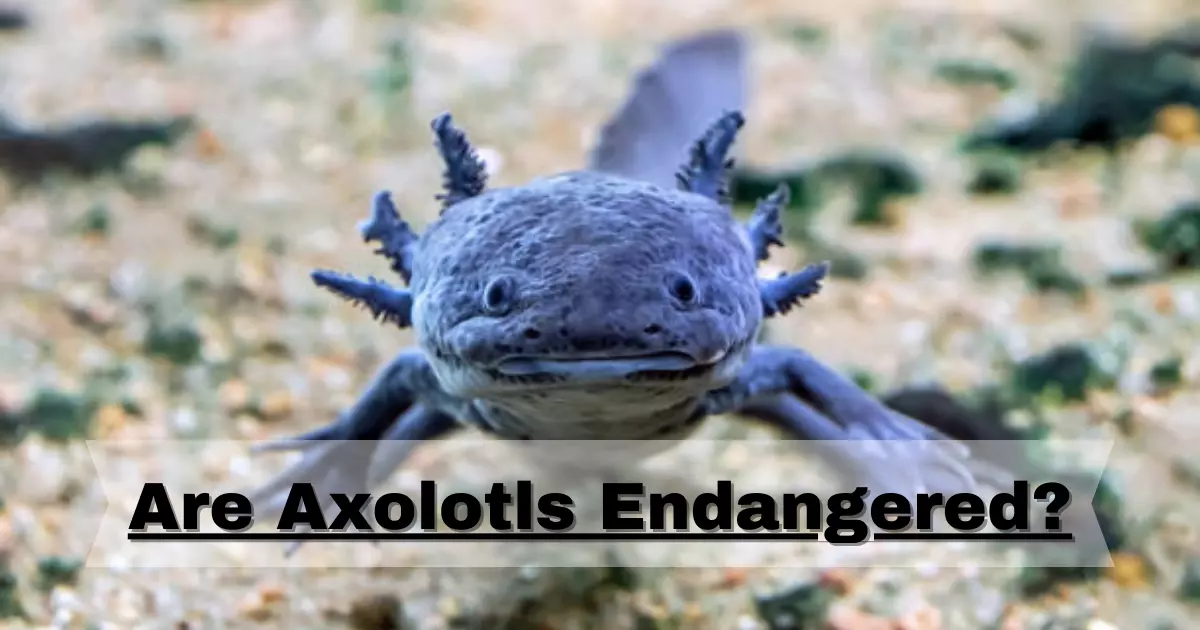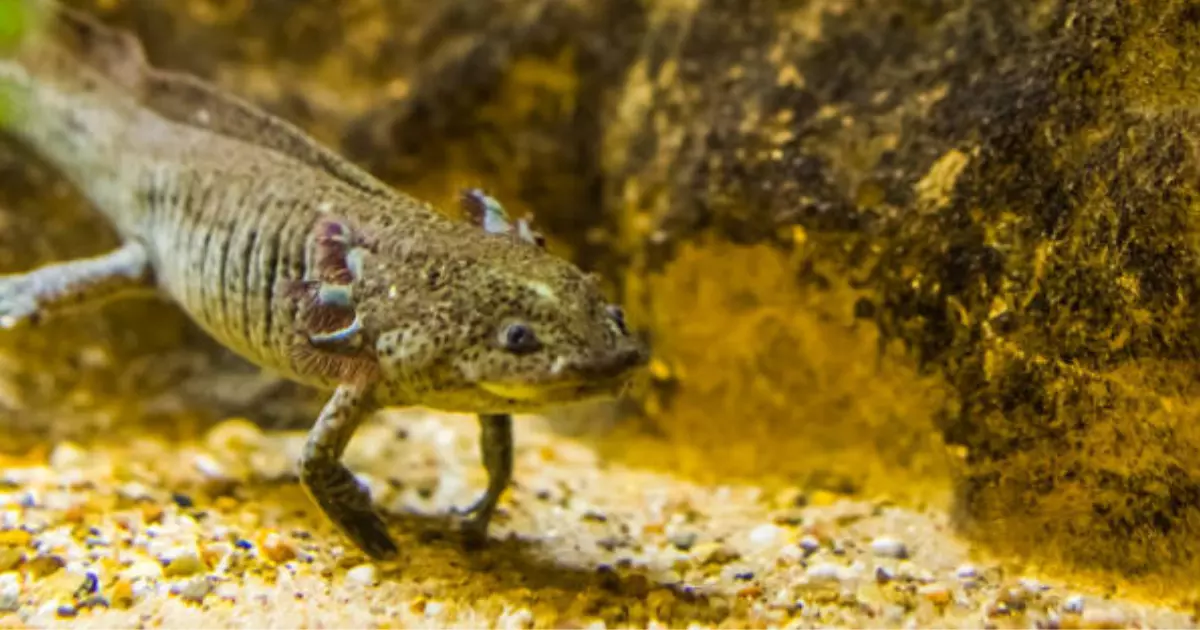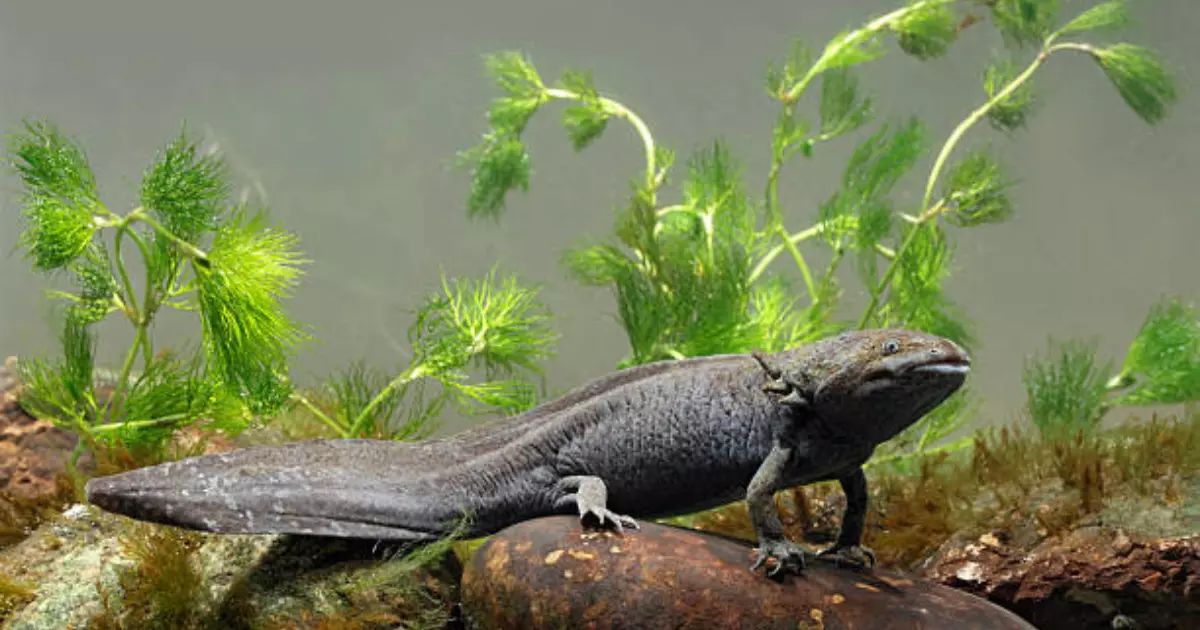In recent years, the mysterious and enchanting axolotl has gained popularity among nature enthusiasts and pet owners alike. Often referred to as the “Mexican walking fish,” this unique amphibian has captured the fascination of many. However, a pressing concern surrounds its existence. Are axolotls endangered? This article aims to uncover the truth behind the secret struggle faced by axolotls and shed light on their conservation efforts.

Axolotls are endangered due to a combination of factors. Habitat destruction is a significant cause, as urbanization and pollution have greatly impacted their natural habitat, such as the Xochimilco canals in Mexico.
Additionally, the introduction of non-native species, overexploitation for the pet trade, and climate change further threaten their survival.
The loss of breeding grounds and water quality degradation also affect their ability to reproduce and thrive in the wild.
These factors collectively contribute to the critical endangerment of axolotls.
In this article, we will delve into the secret struggle faced by axolotls and explore the surprising truth behind whether they are endangered or not.
The Axolotl’s Natural Habitat

Exploring the Waters of Xochimilco
The Secret Struggle: Are Axolotls Endangered? Unveiling the Surprising Truth begins with understanding the natural habitat of axolotls.
These intriguing creatures originate from the ancient lake system of Xochimilco in Mexico.
With its extensive canal network, Xochimilco provides a lush and thriving environment for axolotls to call home.
Environmental Factors Affecting Axolotl Population
However, the idyllic waters of Xochimilco face a range of environmental challenges. Pollution, urbanization, and water extraction have significantly impacted the delicate balance of this ecosystem.
As a result, the axolotl population has experienced a decline over the years, raising concerns about their endangered status.
- Read More:- How Long Do Axolotls Live?
- Read More:- What is an Axolotl?
Understanding the Threats

Pollution: A Grave Danger
Pollution poses a significant threat to axolotls in their natural habitat. Chemical runoff from agricultural practices and untreated sewage find their way into the waters of Xochimilco, leading to increased toxicity levels.
These pollutants disrupt the delicate ecological balance, making it difficult for axolotls to survive and reproduce.
Urbanization and Habitat Loss
The Secret Struggle: Are axolotls endangered? Unveiling the Surprising Truth highlights the detrimental impact of urbanization on axolotl populations.
As the surrounding urban areas expand, the natural habitat of axolotls diminishes. The destruction of marshes, canals, and wetlands reduces the available space for these creatures to thrive, further endangering their existence.
Water Extraction and Altered Ecosystems
Water extraction for human use, such as agriculture and residential purposes, has resulted in reduced water levels in Xochimilco.
The decrease in water volume affects the overall ecological health of the area, as it disrupts the interconnected web of life.
Axolotls rely on specific water conditions for their survival, and alterations to these conditions can have dire consequences.
- Read More:-Life Cycle of an Axolotl with Pictures
Conservation Efforts: A Beacon of Hope

Establishing Axolotl Conservation Programs
In the face of mounting threats, various organizations and institutions have initiated conservation programs to protect axolotls.
These programs aim to restore natural habitats, reduce pollution, and promote responsible water management practices.
Additionally, educational initiatives raise awareness about the importance of preserving this unique species.
Captive Breeding and Reintroduction
Captive breeding programs play a crucial role in the conservation of axolotls. By breeding axolotls in controlled environments, scientists and conservationists can ensure the survival and genetic diversity of the species.
Furthermore, reintroduction efforts into restored habitats contribute to the long-term sustainability of axolotl populations.
International Cooperation and Research
The Secret Struggle: Are Axolotls Endangered? Unveiling the Surprising Truth emphasizes the significance of international cooperation and research in protecting axolotls.
Collaboration between scientists, conservationists, and policymakers from different countries fosters a comprehensive understanding of the challenges faced by these creatures.
Through shared knowledge and resources, effective conservation strategies can be developed.
Conclusion
The Secret Struggle: Are Axolotls Endangered? Unveiling the Surprising Truth sheds light on the challenges faced by axolotls in their natural habitat.
While pollution, urbanization, and habitat loss pose significant threats, conservation efforts offer hope for their survival.
By raising awareness, supporting conservation programs, and implementing sustainable practices, we can contribute to the preservation of these remarkable creatures.
Let us strive to protect and cherish the axolotls, ensuring their presence in the waters of Xochimilco for generations to come.
Frequently Asked Questions
Q1: Are axolotls endangered?
Yes, axolotls are considered critically endangered in their natural habitat.
Q2: Can axolotls live outside of water?
Axolotls are amphibians and require water to survive. They are not adapted to live on land.
Q3: Are axolotls good pets?
Axolotls can make fascinating pets for experienced owners who can provide the proper care, including suitable tank conditions and diet.
Q4: How long do axolotls live?
Axolotls have an average lifespan of 10 to 15 years in captivity, but some individuals can live up to 20 years or more.
Q5: Can axolotls regenerate indefinitely?
While axolotls have remarkable regenerative abilities, there is a limit to their regrowth potential. As they age, their regenerative capacity diminishes.

1 thought on “The Secret Struggle: Are Axolotls Endangered? Unveiling the Surprising Truth”